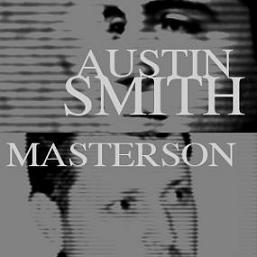What's That Instrument? Oboe Edition
By Alexander Hough in Arts & Entertainment on Feb 10, 2010 10:20PM
Pop quiz: What instrument sounds the first official note at an orchestra concert?
That first note, the concert A that leads to the famous controlled cacophony of 80-odd musicians tuning, begins from a lone, clear voice at the center of the orchestra, the principal oboe.
Oboists sweat bullets over this single note, such is the pressure from their exacting colleagues. The tenor of complaints following a rehearsal or concert begun with an inconsistent, out of tune, or unclear A falls somewhere between coworkers discussing a malfunctioning PowerPoint presentation and soldiers murmuring about an officer who couldn't hold the flank.
If these disgruntled musicians were wise, they'd speak softly. The oboe is one of two commonly found double reed woodwinds (the bassoon is the other), a family of musical instruments that produces sound by channeling vibrations made by blowing on two thin pieces of material. Buying a quality oboe is less than half the battle; the rest of the oboist's life is spent crafting - usually unsuccessfully - these double reeds out of pieces of cane, softening, splitting with razors, gouging, folding, tying, and further shaving and refining by hand. If that description sounds like a tagline from "Dexter," well, yeah, we're scared, too.
The end result for an oboist is a couple-inch-long reed that sounds like the squawk of a terrified bird (technically called the "crow") but, when attached to the instrument, somehow becomes the impossibly pure tone of the oboe. If you hear a beautiful oboe, rest easy, for it's a happy musician. If it sounds sharp or lacks that effortless quality, make haste, for the oboist is upset, and who knows what someone with these sorts of obsessive tendencies is capable of.
Luckily for us all, the two oboists from the International Contemporary Ensemble, James Austin Smith and Nick Masterson, who are playing this Friday night at the Museum of Contemporary Photography, are excellent, and so is their program, "Oboe Overload," which includes works by Christian Wolff ("For 1, 2, or 3 People"), Lucio Berio ("Sequenza VII"), Michael Finnissy ("Yso"), and Jonathan Harvey ("Ricercare una Melodia"), as well as the Midwestern premiere of Brad Balliett's "Slow-Burning Sarabande."
Friday, February 12, at 7:30 p.m., Museum of Contemporary Photography, 600 S Michigan, $10 / $5 students, reserve tickets by e-mailing reservations@iceorg.org
